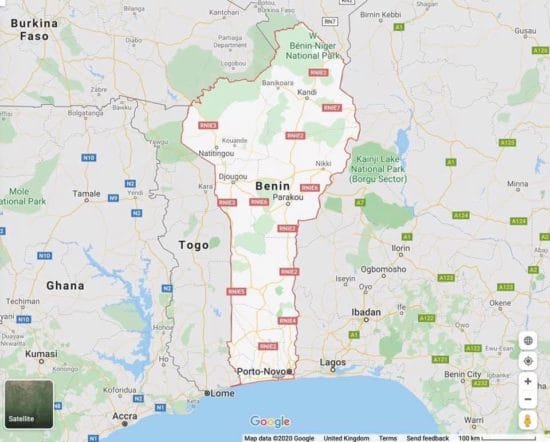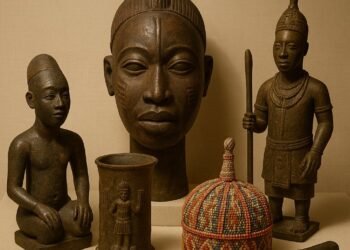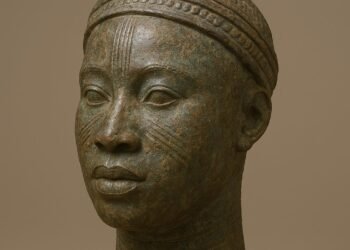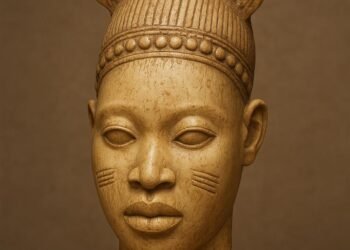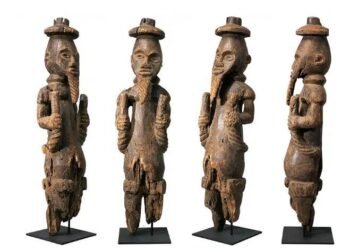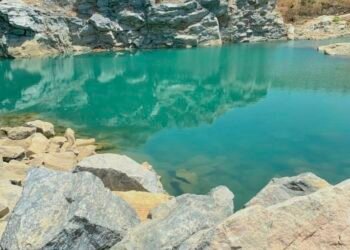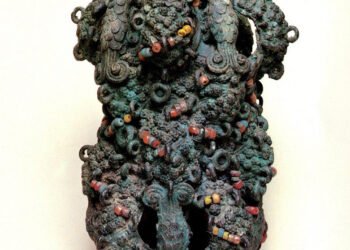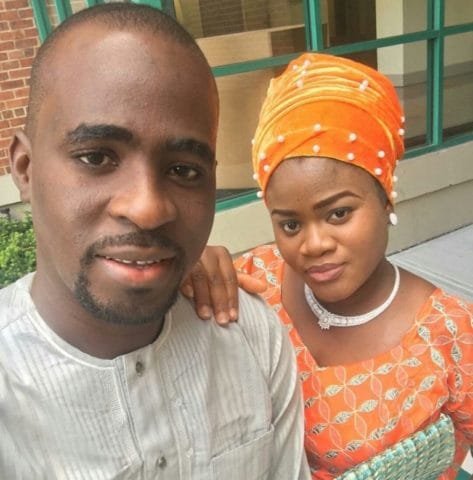Benin Republic – The History
The local dynasty was formed when three brothers of the Dahomey origin ruled adjacent territories of Dahomey and the lower spread of the Mono River.
However, in the early 18th century, a single kingdom came out of the dynasty, after a family member rose against his cousins and defeated them, thus combining all the three regions to become the Kingdom of Dahomey.
In the 17th century, slaves were the most valuable goods in Dahomey, and they are usually exchanged for manufactured items.
Having started from the coastal kingdoms, Dahomey later claimed the trade’s driving seat after conquering these coastal kingdoms.
By the 1830s, Brazilian and French merchants were coming to buy these slaves by directly dealing with the Dahomey monarch.
In the latter part of the 18th century, missionary and commercial activities became reasons for Europeans’ influx – mainly the French and the Portuguese – into Dahomey.
The Dutch later joined, and together, they aided the growth and development of the Dahomey kingdom’s territory.
The Europeans, consisting of the Portuguese, the French, and the Dutch, decided to create trading posts along the Cotonou, Ouidah, and Porto-Novo coasts. They traded weapons for slaves at these trading posts – a trend that continued till 1848, when the slave trade was finally abolished in Dahomey.
History has it that the Dutch and Portuguese enjoyed a remarkably smooth business and cultural rapport with the indigenous Edo people, also called the Benin or Bini people.
After abolishing the slave trade, treaties were signed between the French and Kings of Abomey (Glele, Toffa, and Guezo), with the view to create French colonies in the principal cities and ports around Dahomey.
King Behanzin, however, was not on the same page with the other three Kings, and he decided to fight the French influence – a decision that led to his deportation to Martinique.
Benin Republic – The History
By the end of 1892, Dahomey had become a French protectorate, and in 1904, it was pronounced as part of French West Africa.
Further expansion saw Parakou, Nikki, Kandi (the three Northern Dahomey Kingdoms) becoming part of the jurisdiction, up to the border with Upper Volta. Fifty-four years later, precisely on December 4, 1958, Dahomey became a republic – the Republique du Dahomey.
On August 1, 1960, Republique du Dahomey gained full independence from the French colonial masters to become the Republic of Dahomey.
And in 1975, the country was renamed Benin, ending a series of name and status changes, thus ending the Marxist ideology and paving the way for multiparty democracy.
There had been several changes of government in Benin. Benin witnessed six consecutive military coups executed in nine years, starting in 1963 with Hubert Maga, who was the first president of Benin, and ending with Major Mathieu Kerekou, of the Revolutionary Party of the People of Benin, PRPB) in 1972.
In between, precisely in May 1970, a notable 3-man presidential commission with a six-year term mandate was created to take the government. Still, they were deposed of by Major Mathieu Kerekou, who served as the autocratic leader till the start of the 1990s.
After several consultations and admonitions, Kerekou finally gave in to the people’s clamor for a democratic dispensation.
He then convened a national conference where a new national democratic constitution was drafted, and which oversaw the conduction of presidential and legislative elections.
In the same elections, Major Mathieu Kerekou contested against Prime Minister Nicephore Dieudonne Soglo, who ultimately won the presidential polls and ousted Kereekou.
In December 2002, the first municipal elections were held in Benin, and a few months later, National Assembly elections were held.
As of 2005, the Republic of Benin has an estimated population of about 8.5 million.
The capital city remains Porto Novo, but the seat of government is Fon City, Cotonou.
Considered as the model of democracy in Africa, Benin is the first African country to successfully transition from autocratic dispensation to a pluralistic political system.
Benin’s somewhat poor economy depends extensively on agriculture, especially cotton production, and it offers up to 40% of the total national GDP.
The south region of the country houses most of the population. Benin is known for his impressive cultural diversity, with about 42 African ethnic groups coexisting.
Such ethnic groups include the Aja, Xeuda, Mina, Fon, Somba, Fulbe, Bariba, Dendi, Betammribe, and Aja.
While most of these ethnic groups are thought to be indigenous, there have been migrations as well.
Aja-speaking people were thought to have migrated into the southern part of Benin, and have founded many kingdoms therein.
Likewise, the Yorubas, found in the southern and central regions, were thought to have migrated as far back as several hundred years.
The Baribas are also immigrants from what is now Nigeria and had established several states in Benin’s western region.
The majority of the Beninese are Christians – about 43%, while 25% practice Islam, and 17% do Vodun. The most popular Language of communication among the Beninese is French – the official Language.
The English Language is taught in schools, and there are many other local languages in existence and use, with about half of the population having the ability to speak Fon.
Benin is also known for contributing greatly to the evolvement of African music over time.
Their native folk music comes with a blend of Congolese rumba, French cabaret, Ghanaian highlife, and American rock.
Source: Dkmngr
